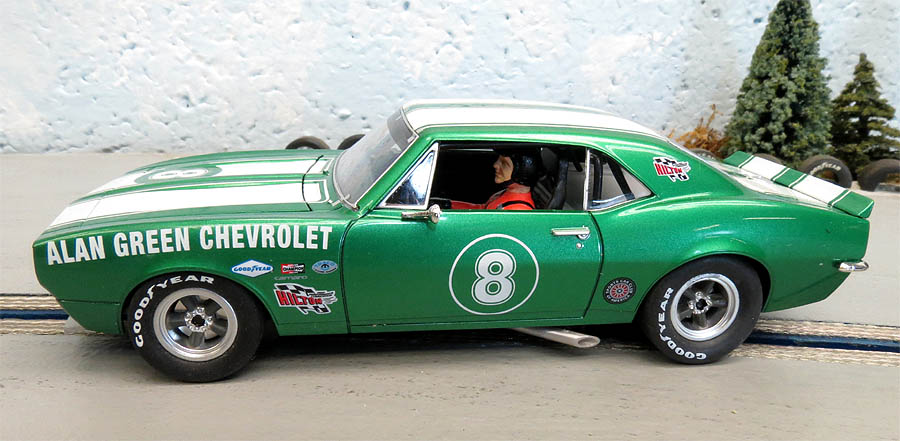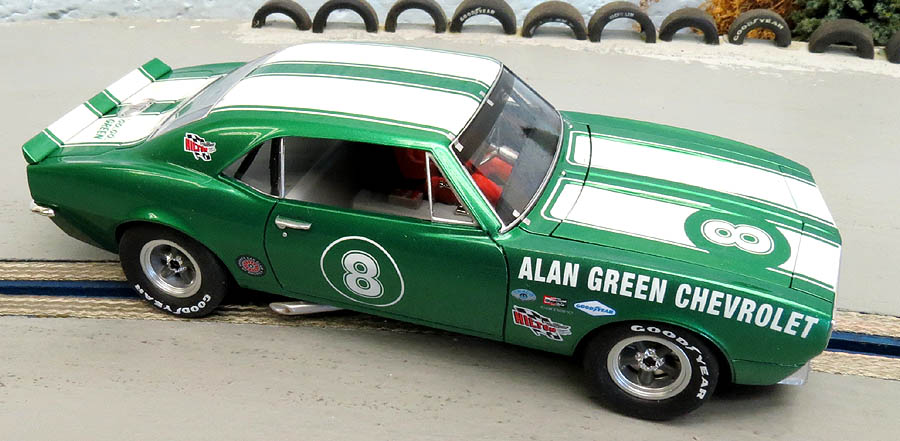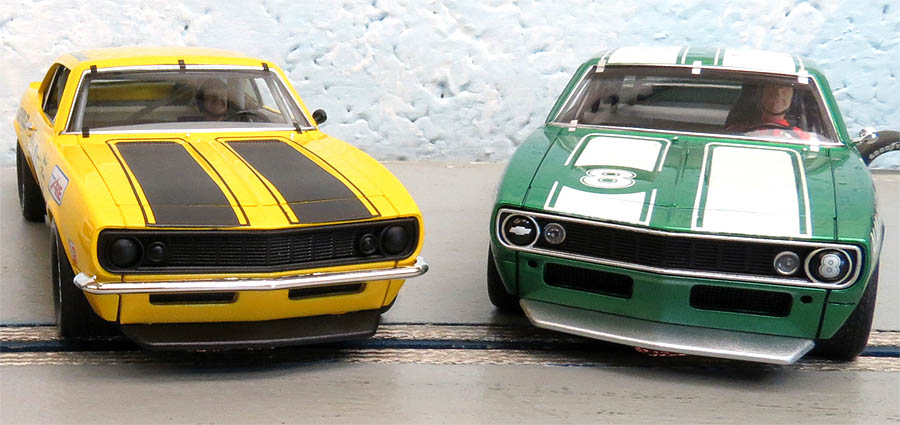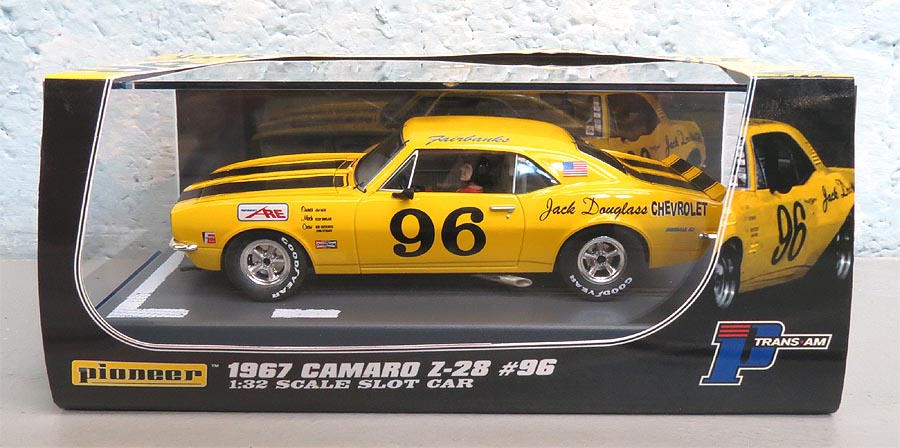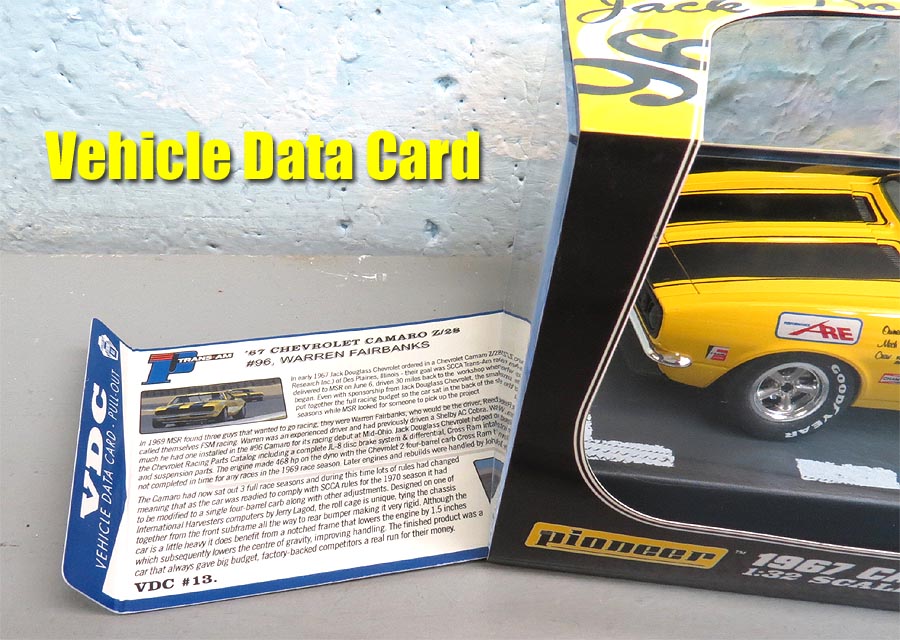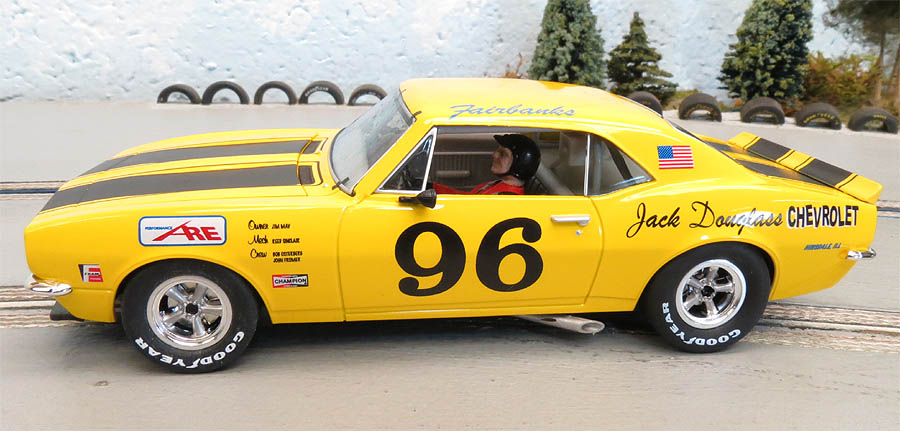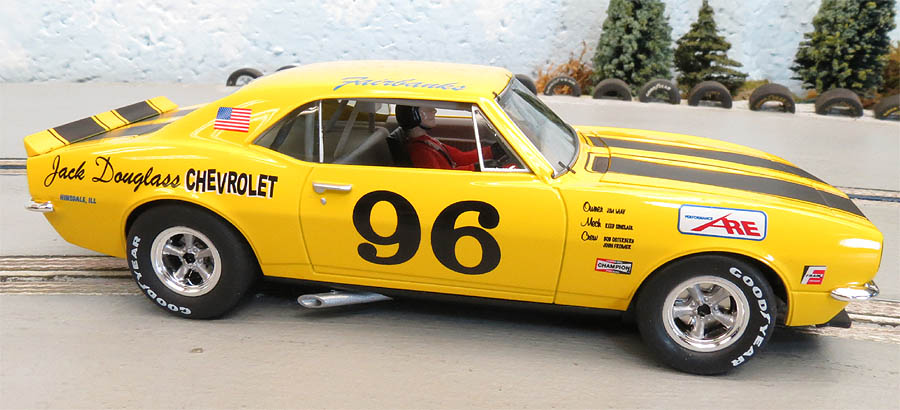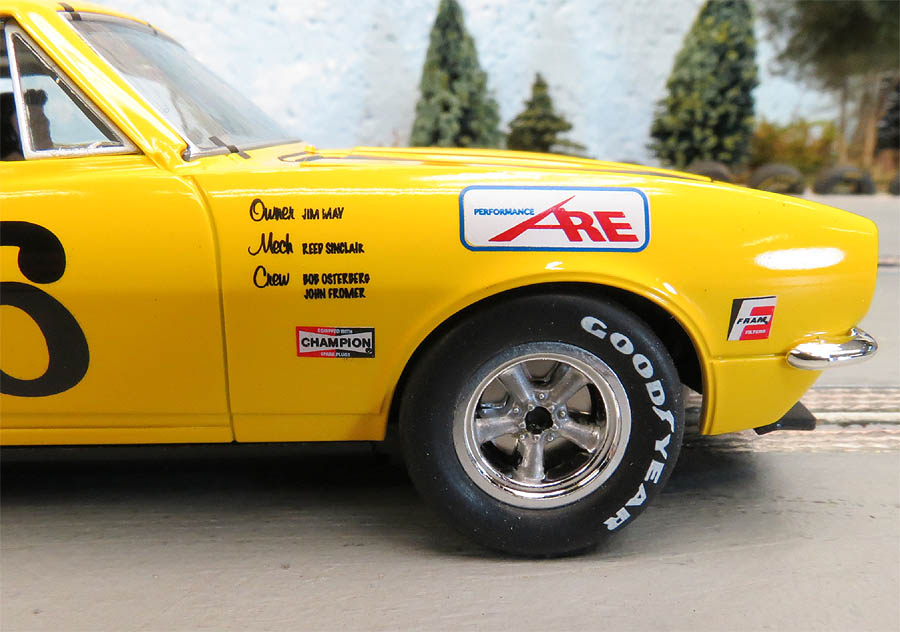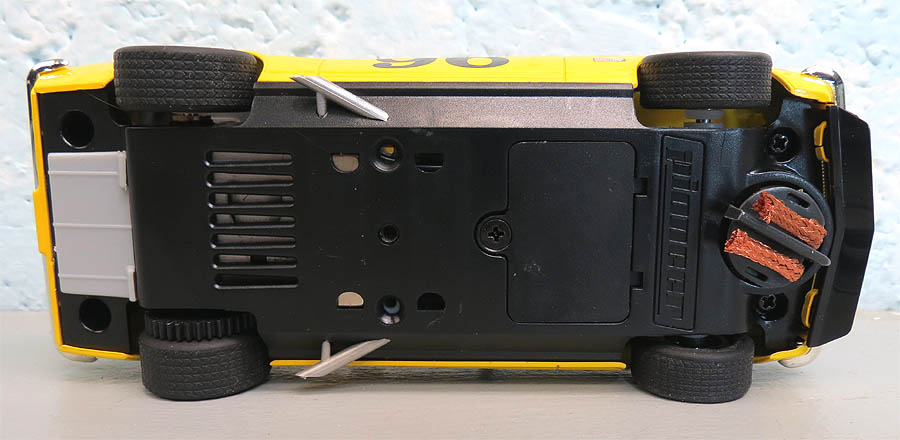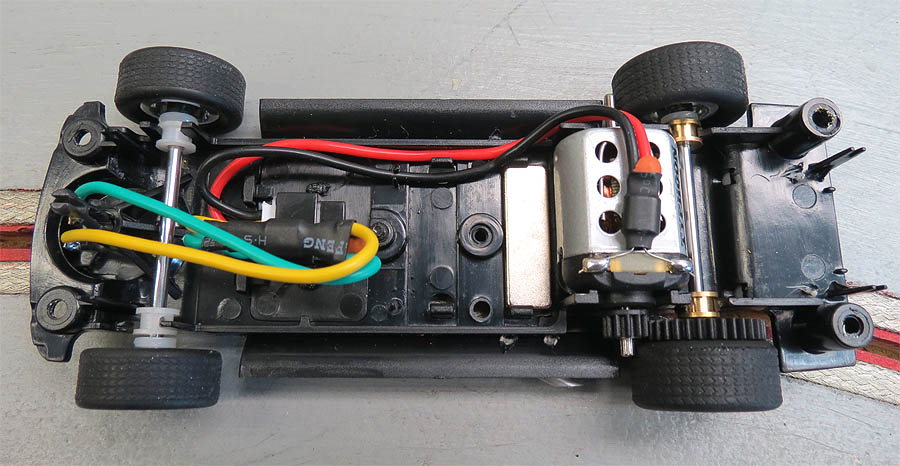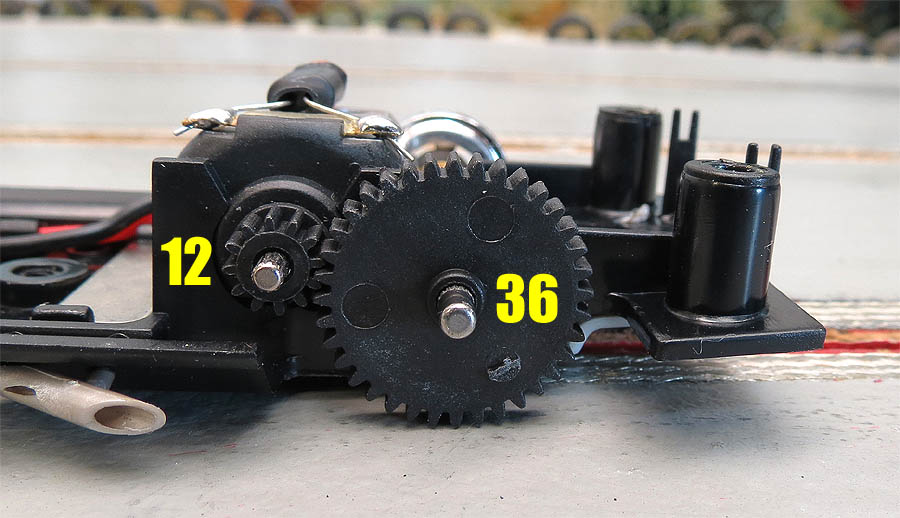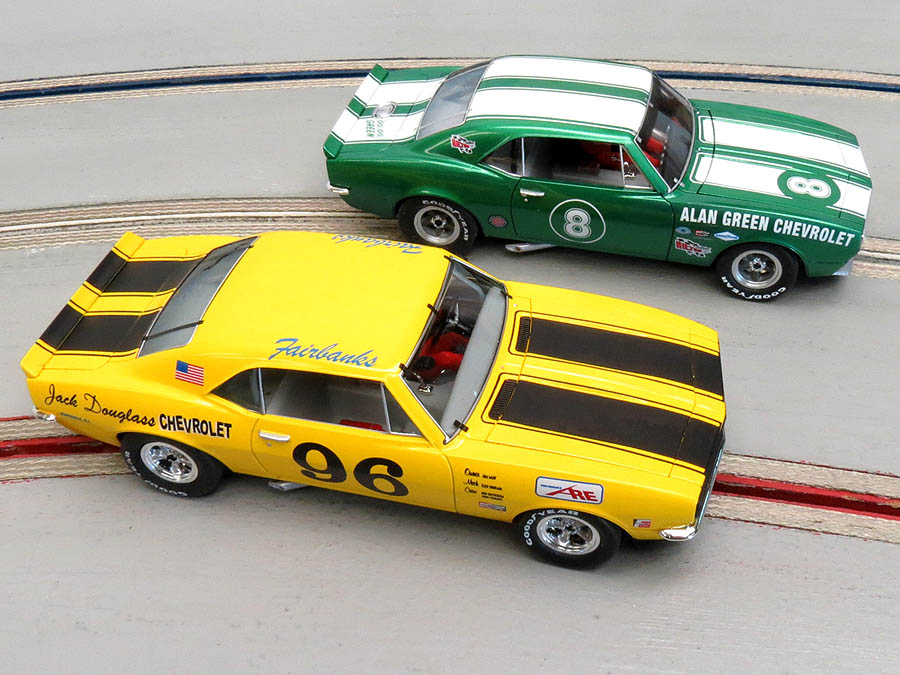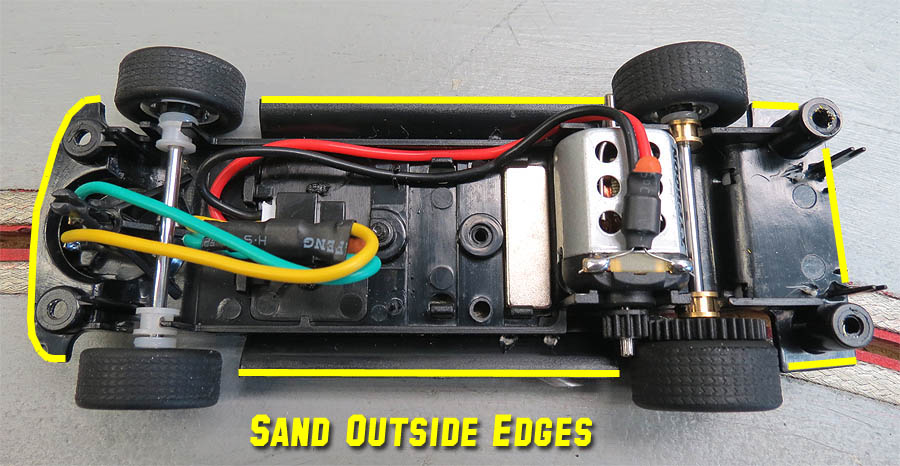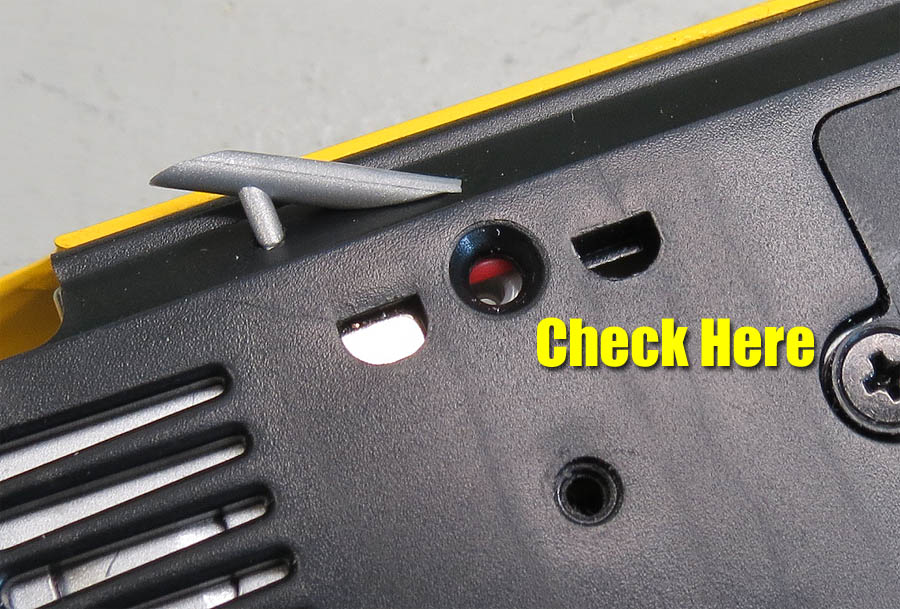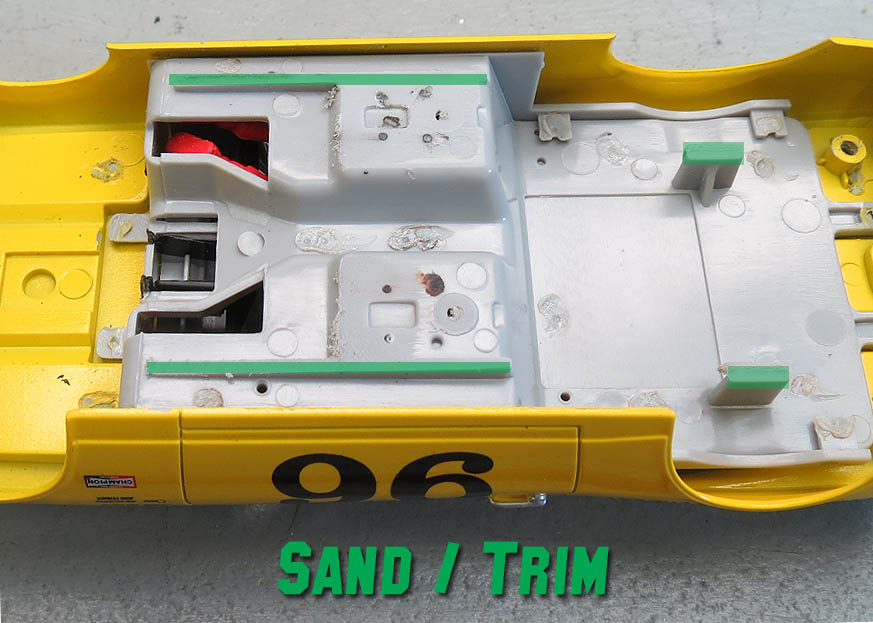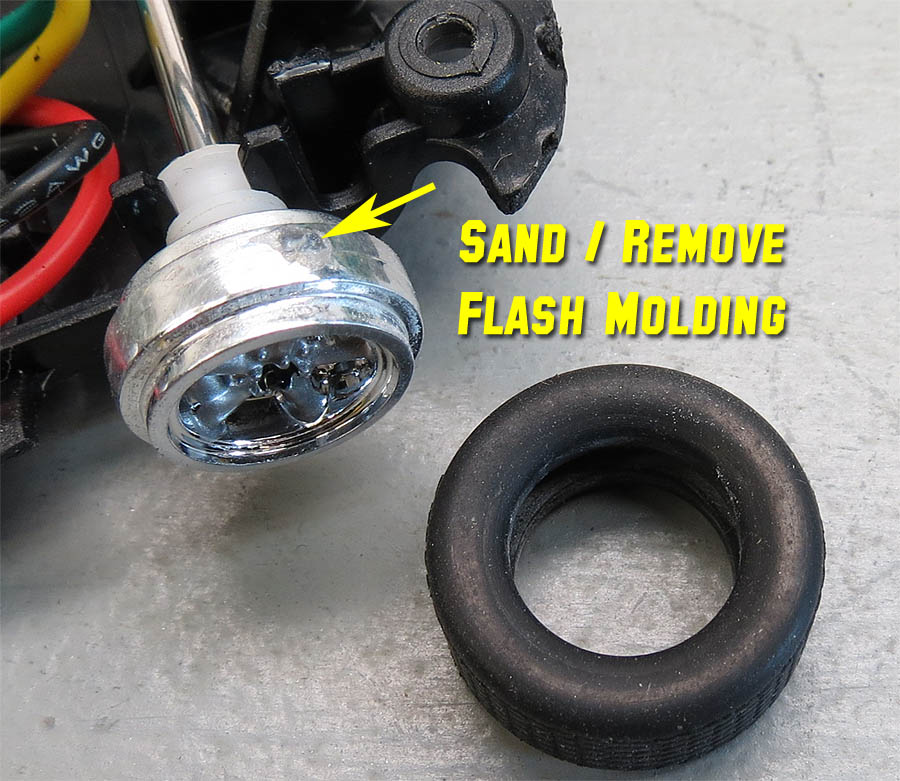Finally
you need to check your wheels and tires. I have seen some reports of
badly mounted wheels but my models seem to be fine in this area. As
with any brand, you get good and bad.
The
main thing I see is flash molding on the inner rib of the wheel that
causes the tires to mount unevenly. This in turn causes that hop we
talked about. You can clean this off easily with sandpaper and then
remount your tires.
Those enthusiasts with a tire truing machine
will make good use of it with these models. I trued both front and rear
wheels and then mounted and sanded the fronts as well. Makes a big
difference as the guide is mounted a little too high into the chassis,
allowing too much weight on the front tires. So if these front tires
are out of round, we have even more hop.
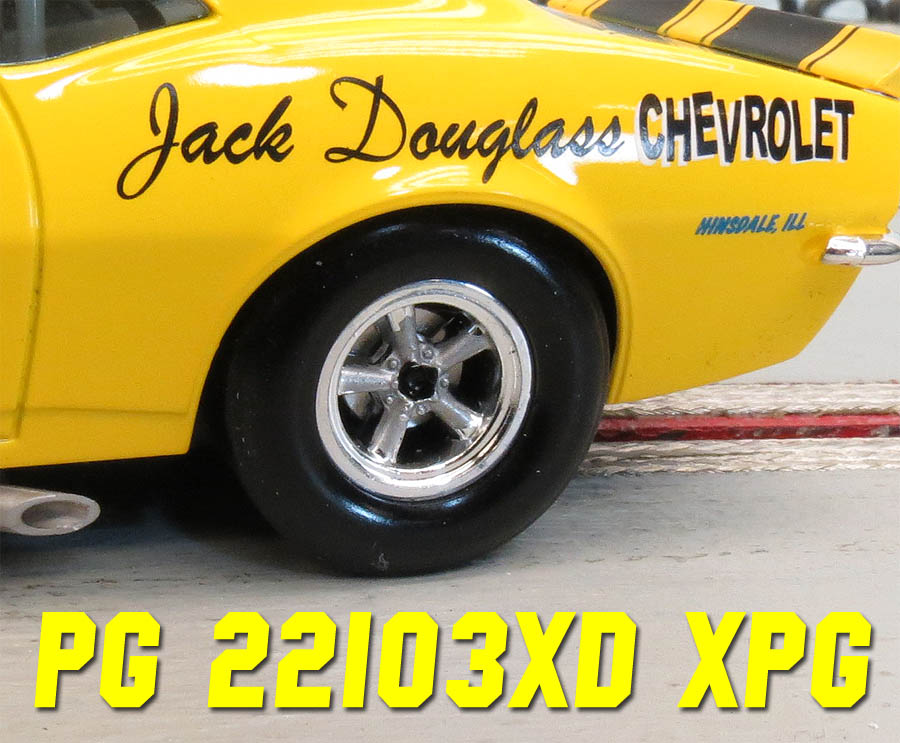
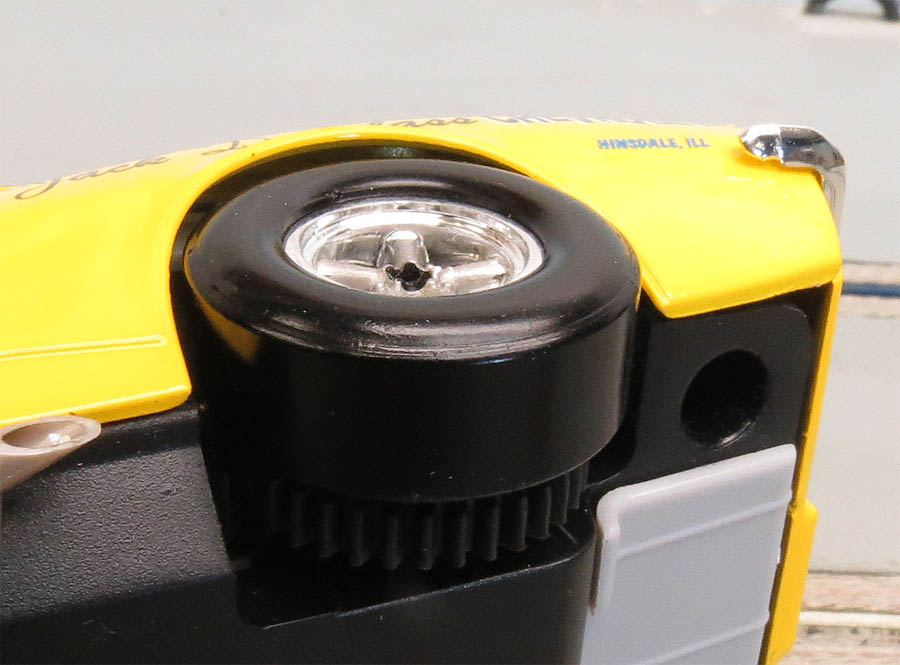
My preferred tire is Paul Gage XPG and I
installed the standard size made for these models. The fit of the
22103XD is very good and will only need slight sanding to get a full
contact patch.
With these simple
changes the model runs much better. Most of the chatter and hop is
eliminated and the car is just more fun to drive overall. Lap times
tell the tale as I went from a dismal 4.89 to a 4.11 average. On our
smaller track that is a big difference come race day.
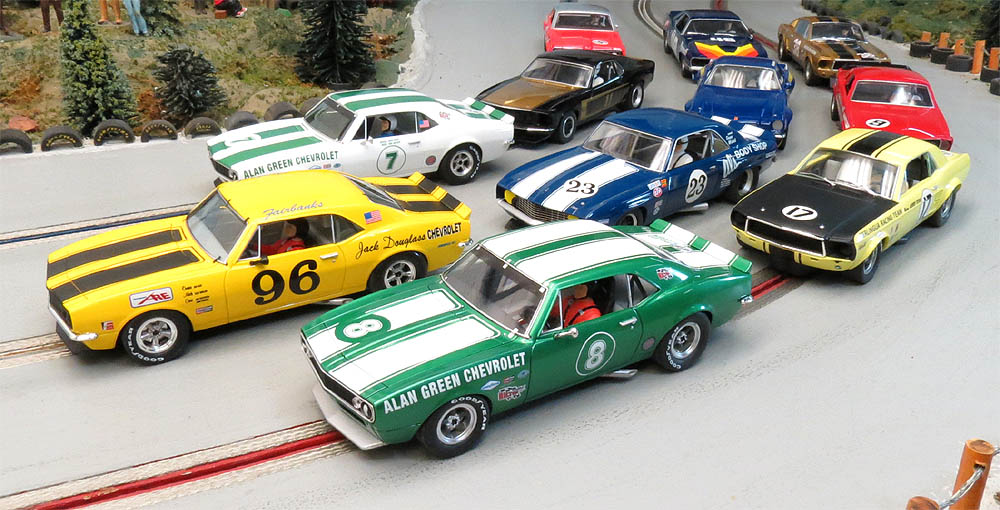
And
race them is just what we do. When I hear people ask how they
compare to other brands, both in performance and value, it's not that
difficult to answer: They are just as good as any other offering.
Behind these new cars in the above photo are models that vary in tuning
modifications. Some have needed full rebuilds using every
after-market part there is, while others have little more than a tire
change. The difference in quality control is as varied as the
decorations. In other words Pioneer isn't any better...or any worse
than any other brand.
Pioneer have had some troubles in the past
and today their releases are viewed by many as a collector brand. Given
the low production numbers and higher price tag will usually earn you
that title in our hobby. Is that really a bad thing? I suppose not. The
same can be said for other brands like SRC & Flyslot that need as
much or even more in the tuning department and they cost as much or
more. It all boils down to just how much you want a particular model
and what you are willing to do to make it run to suit your own needs.
Overall
I am pleased with these models as they did not require a lot of
additional investment to get them to run the way I like. They fit right
into our existing Trans-Am series nicely and look forward in racing
them. Having more classic American race cars is usually a good thing
for my hobby and if you enjoy this era then you should certainly think
about trying one yourself.
-Harry
Review Sponsored by Pioneer
 Copyright
© 2015 HomeRacingWorld.com All Rights Reserved
Copyright
© 2015 HomeRacingWorld.com All Rights Reserved

